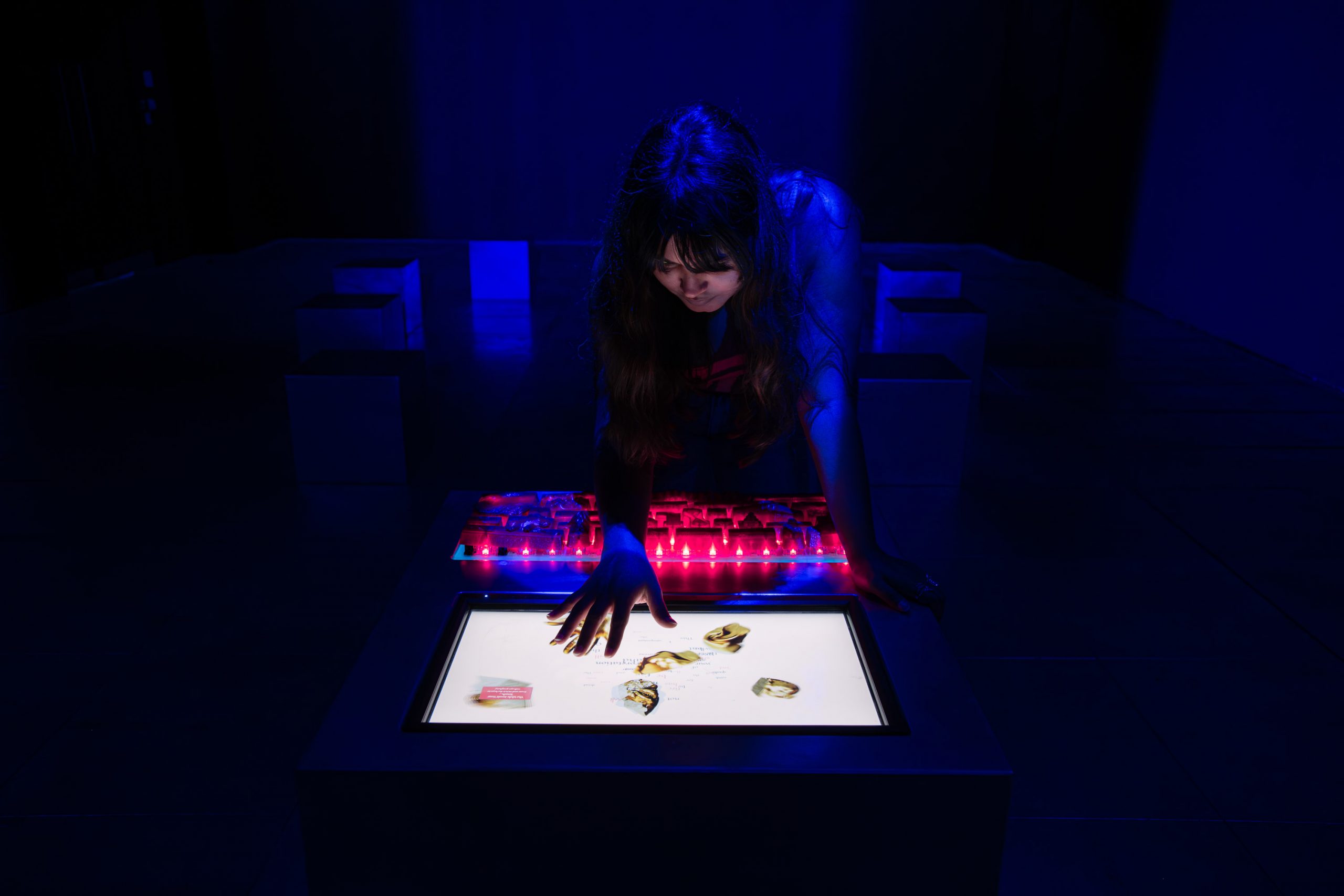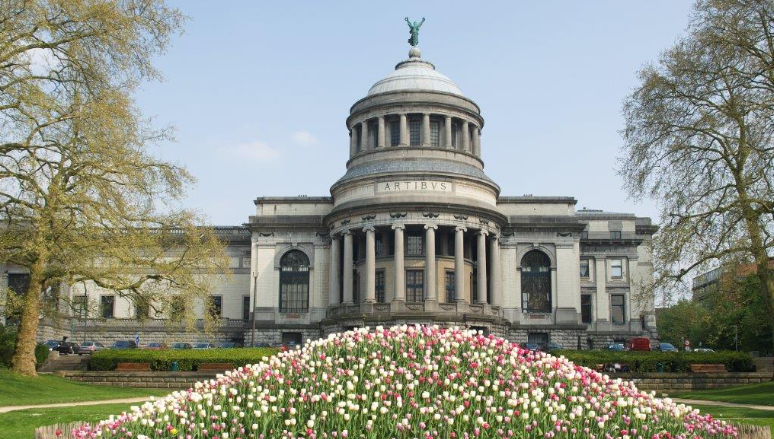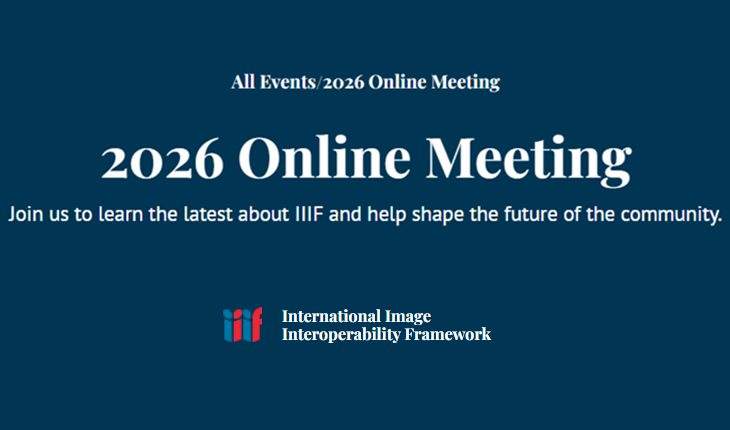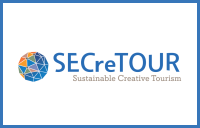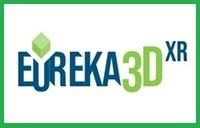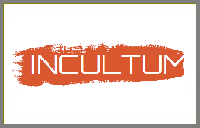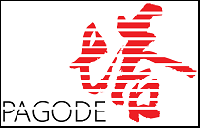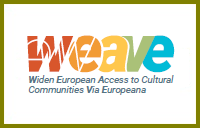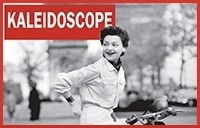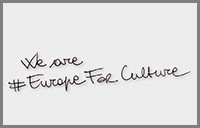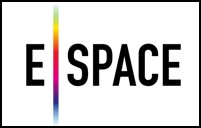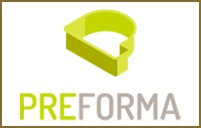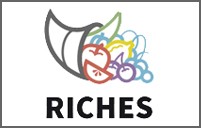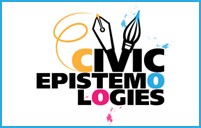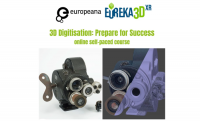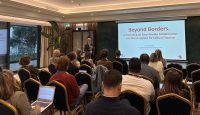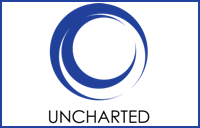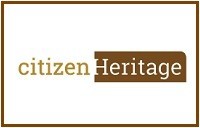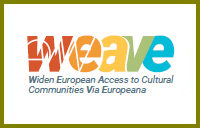Login Status
-
Free text
UPCOMING EVENTS:
 London (UK), 4-6 November 2026
London (UK), 4-6 November 2026Languages & The Media, the Biennial International Conference on Audiovisual Language Transfer in the Media, is gearing up for its 16th edition, scheduled from November 4 to 6, 2026, at Senate House, University of London, UK. Under the theme Moving … Continue reading →
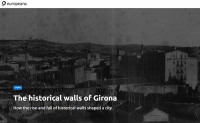 A new blog published on Europeana in the context of EUreka3D-XR
A new blog published on Europeana in the context of EUreka3D-XRThe story of Girona is the story of its walls – built in Roman times, altered in the Middle Ages, and demolished in the 19th and 20th centuries. Now the walls are being virtually reconstructed in 3D by the EUreka3D-XR … Continue reading →
Topic: digital preservation
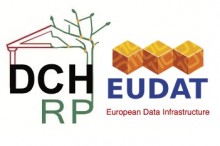
A Memorandum of Understanding has been signed to formalise the fruitful cooperation started in the past months between the two projects funded by the European Commission. Continue reading
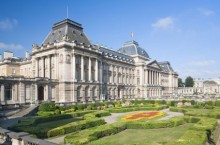
On 9-10 December, at the EBN (European Business & Innovation Centre Network) in Brussels, 10 partners from 6 EU countries and Turkey kicked-off RICHES, a new EC funded research project in the field of Socio-Economic Sciences and Humanities. RICHES investigates the change digital technologies are bringing to our society. Continue reading

Digital Humanities Awards are a new set of annual awards given in recognition of talent and expertise in the digital humanities community and are nominated and voted for entirely by the public. There is no financial prize associated with these community awards, just the honour of having won and an icon for your website. By its work at making available, with the most advanced digital technologies’ support, the vast majority of the surviving inscriptions from the Greco-Roman world, we think EAGLE can be a valid and qualified competitor for 2013’s edition of DH Awards. Continue reading

The Digital Scholarly Editions Initial Training Network (DiXiT) offers 12 fellowships to Early Stage Researchers (ESRs) for a period of 3 years and 5 fellowships to Experienced Researchers (ERs) for a period of 12 to 20 months. Fellowships are now open for applications (except 4 ER fellowships which will start at a later date). Continue reading

This survey provides an analysis of how IP is perceived at EU citizen level. It is launched at a time when IP has never been so present in the day-to-day lives of European citizens. Intellectual property rights cover everything from the food people eat, to the clothes they wear, the cars they drive and the music they listen to. And through the explosion in digital content and technology over the past decade, people are now closer to IP than ever before.” Continue reading

Equalia was presented as poster in the context of the CULTURA project and its digital libraries 1641 Depositions and IPSA Collection. An explanation of the CULTURA project and Equalia was given to the whole conference audience in a poster presentation session and in conversations with individual participants in the poster exhibition area. Continue reading

EAGLE (the Europeana network of Ancient Greek and Latin Epigraphy) joins Pelagios, a collective projects which aims to help introduce Linked Open Data goodness into online resources that refer to places in the historic past. By joining Pelagios, EAGLE will be able to connect with other major online projects about the Ancient World and make its data accessible to other aggregator and LOD projects. Continue reading

The Smithsonian’s Digitization Program Office has developed 3D models from its holdings, and a selection of models is available online. The Smithsonian x3D Explorer allows users to interact with the digital objects in a web browser, to access, view and manipulate these objects, and eventually to print them with a in-house 3D printer, as the raw 3D data from the objects will be made available for downloading for personal and non-commercial use. Continue reading
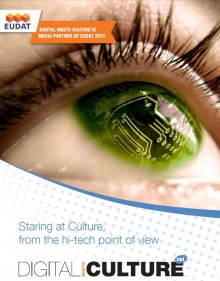
The EUDAT 2nd conference held on 28-30 Oct 2013 in Rome, was the ideal setting to showcase these services and outline the roll out phase as well as to offer hands-on training. Discussions on the new set of EUDAT services were also a feature of the conference with semantic annotation, dynamic data & workflows addressed, a natural follow on to the Working Group discussions that were held in Barcelona in Sept. 2013. Continue reading
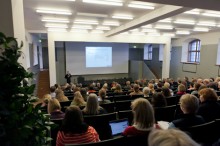
The project coordinator prof. Fred Truyen and his assistant Sofie Taes were invited for a lecture at the National Museum of Finland in Helsinki, during the Photo Archive Days. Finland is not represented (yet!) in the EuropeanaPhotography consortium but the event was useful to start a dialogue and relationships with representatives from the Finnish archives and museums. Continue reading


